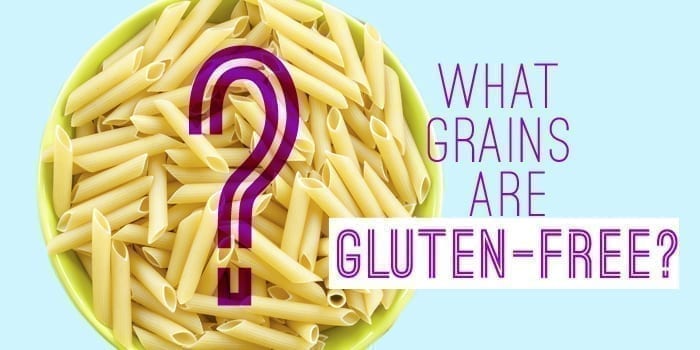Gluten Free: Two words that are seemingly more and more prevalent with every grocery store trip, Pinterest browse, and dinner outing. People avoid gluten in diets for myriad reasons, from celiac disease—an autoimmune disorder that causes damage to the small intestine as a result of consuming gluten—to wheat allergies (wheat is a grain that contains gluten), or “non-celiac gluten sensitivity,” which produces similar digestive symptoms as celiac. But, for as well known as these disorders are becoming, it’s still confusing as to what qualifies as “gluten free.” According to the Whole Grains Council, gluten itself is a protein found in certain grains, like wheat, barley, and rye, and triticale (which is a rye/wheat hybrid). And though it can be tough to avoid wheat, there are plenty of gluten free grains out there to incorporate into your diet instead. Whether you have a diagnosed gluten disorder, or are just testing the effects of a gluten free diet on your body, try noshing on these totally allowable grains.
1. Amaranth
Though it’s technically only a “pseudo-grain,” because it comes from a different plant species than true grains, Amaranth contains a similar nutrient profile to “real” whole grains. The protein and calcium-rich can be popped and eaten like popcorn, boiled and cooked to an oatmeal-like consistency, or incorporated into soups and stews. Look for it at your local health food store, or order some online.
2. Buckwheat
Don’t let the name fool you: Buckwheat is not wheat, and the pyramid-shaped grain is free of gluten. Grind it up to use in foods like pancakes or muffins, toss it in a salad, or eat it in the form of buckwheat soba noodles, which you can find at most grocery stores. You can order raw buckwheat, or buckwheat groats, on various online health food stores.
3. Millet
Millet is a small, nutty-flavored grain that’s rich in antioxidants and high in magnesium, which, according to the Whole Grains Council, helps to maintain nerve and muscle function. The Mayo Clinic suggests toasting it in a hot pan before cooking with water. Once softened and fluffy, you can incorporate millet into everything from salads to cereal, or eat it on its own with some seasoning. Snag a bag at a specialty grocery store, or online.
4. Oats
Though oats are gluten free by nature, they’re often contaminated with wheat when growing or being processed, according to the Whole Grains Council. So, though oats are readily available at most stores, make sure to check the label to ensure the ones you’re buying are pure and uncontaminated. Certain companies, like Bob’s Red Mill or Cream Hill Estates, offer gluten free options.
5. Quinoa
Perhaps the most well known of the gluten free grains, quinoa is a versatile power food that’s loaded with protein. Keep it simple by mixing up a quinoa-centric salad, or use the grain as a healthy substitute in dishes like mac and cheese. (Hint: Pinterest is abound with creative quinoa recipes; just try not to get too overwhelmed!)




































